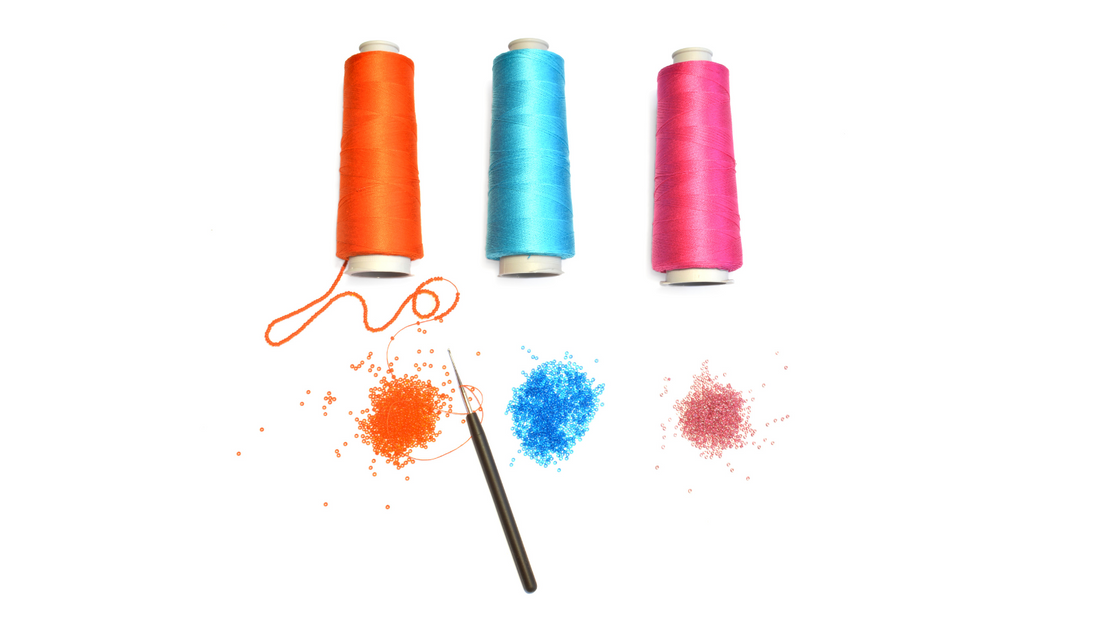
Tradition meets modernity: the art of bead crocheting rediscovered
Bead crocheting is a centuries-old art form that combines craftsmanship, patience and creativity. At Sakiba Fair Design, we focus on this technique, combining traditional craftsmanship with contemporary aesthetics and social responsibility. But where did this special craft originate? Let's take a journey into the history of bead crocheting.
The roots: pearls in ancient cultures
Even thousands of years ago, pearls had a high status in various cultures. In ancient civilizations such as Egypt, Mesopotamia, and among indigenous peoples of the Americas, beads were used to decorate clothing, accessories, and ritual objects. At that time, however, beads were mostly sewn onto fabric, not crocheted. They symbolized wealth, power and spiritual meaning.

The emergence of bead crocheting in Europe
During this time, accessories decorated with beads such as small bags (so-called “reticules”) were very popular among the European upper class. These ornate pieces were often made from silk yarn and decorated with tiny glass beads. Particularly in Eastern Europe, such as the Czech Republic, Hungary and Slovakia, a rich tradition of bead crocheting developed, which was closely linked to the local production of glass beads.
The art of the technique: precision and patience
In classic bead crocheting, the beads are threaded onto the yarn before the actual crocheting. Depending on the pattern, there can be hundreds or even thousands of beads. During crocheting, each bead is worked in exactly where you want it - a technique that requires great concentration and precision.
The artisans often work with very fine yarn and tiny glass beads, which makes it possible to create detailed patterns and delicate designs. This precision makes bead crocheting a particularly demanding craft.

Bead crocheting today: tradition meets modernity
Today, bead crocheting is experiencing a true renaissance. Modern jewellery designers and artisans are taking up this ancient technique and reinterpreting it - be it in the form of minimalist designs, geometric patterns or by combining them with innovative materials.
Sakiba Fair Design puts this tradition in a new social and ethical context. Women in Togo craft the bead crocheted pieces with great care, and the finishing touches are added in the Viennese studio. This creates unique pieces of jewellery that are not only beautiful, but also an expression of fair working conditions and sustainable production.

Conclusion: A legacy that lives on
The history of bead crocheting is a fascinating example of how traditional craftsmanship can transcend generations and continents. Each piece tells a story of patience, dedication and cultural diversity. At Sakiba Fair Design, this story continues - with a modern, fair and sustainable approach that takes craftsmanship to a new level.

